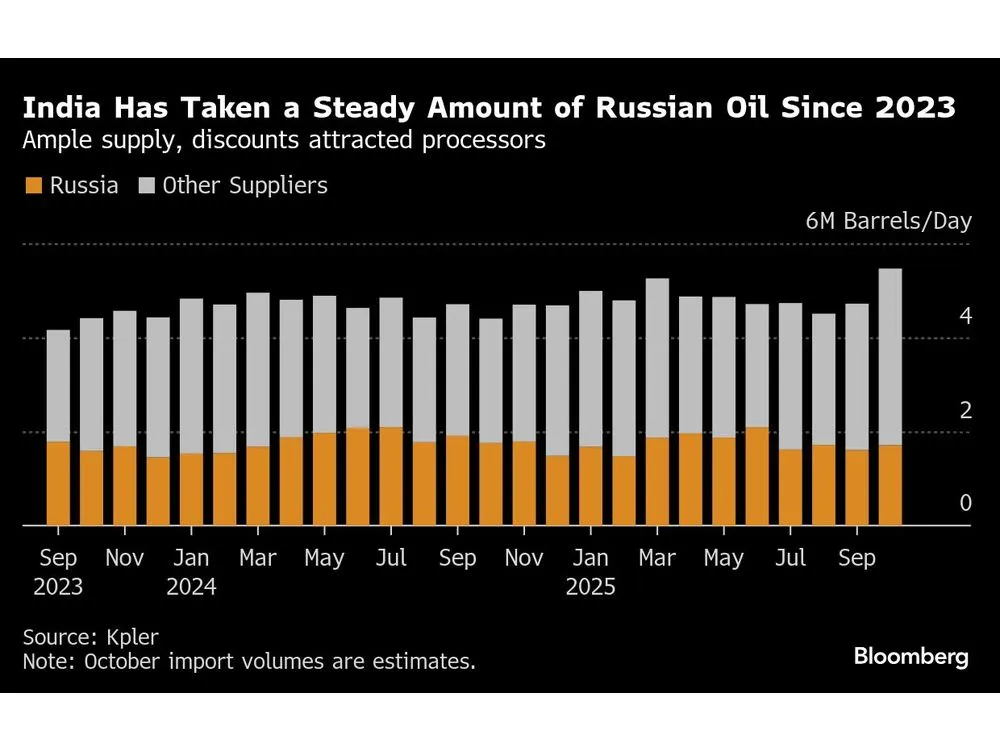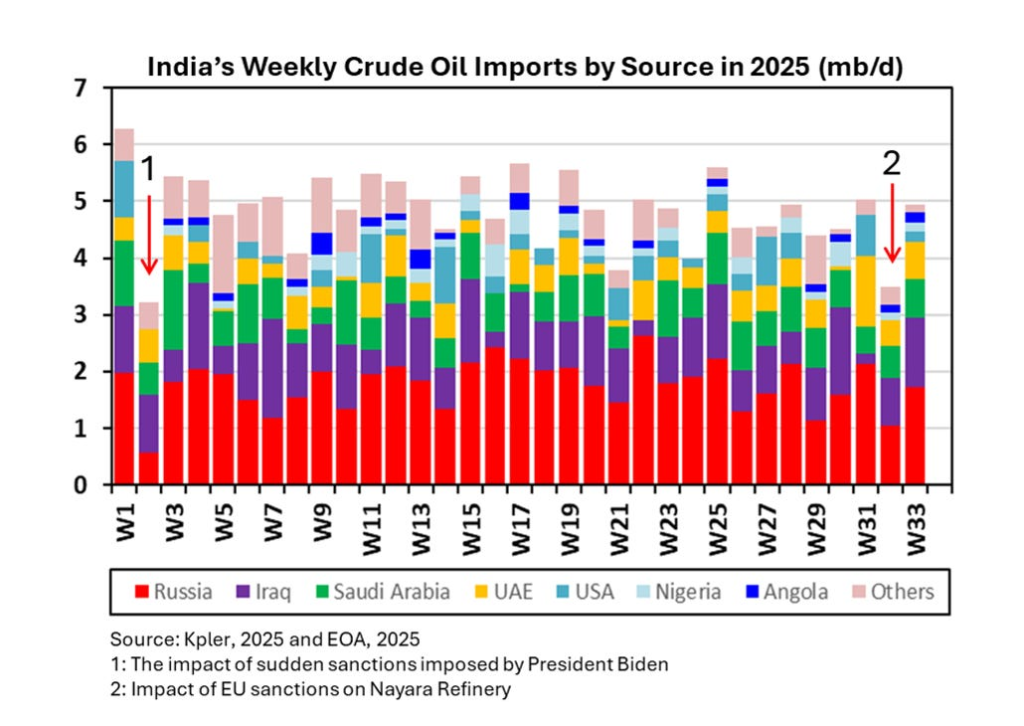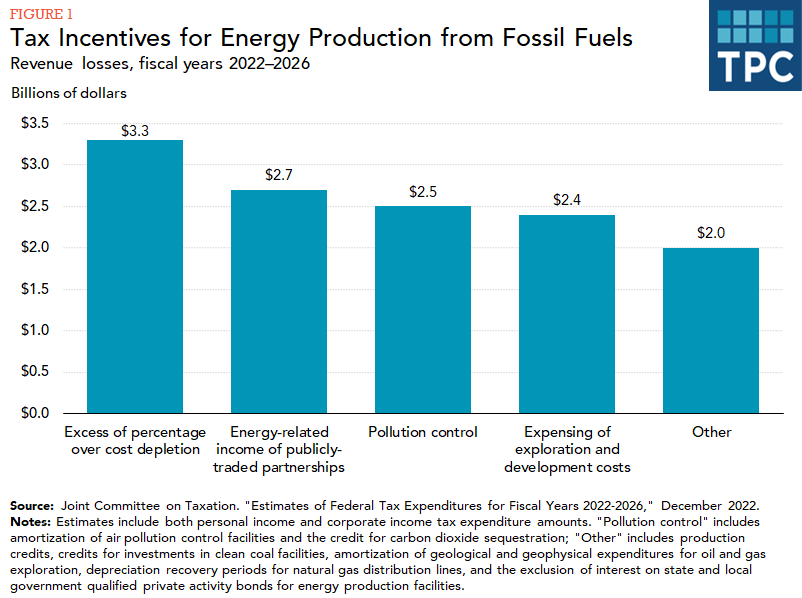India Slashes Russian Oil Imports by 50% Following US Discussions, Says White House
On October 16, 2025, a significant shift occurred in India’s energy policy. Following recent trade discussions with the United States, a White House official announced that Indian refiners had begun reducing their imports of Russian oil by 50%. This move marks a pivotal change in India’s energy sourcing strategy, reflecting the evolving dynamics of global geopolitics and energy markets.
Historically, India’s oil imports from Russia have been minimal. However, since the onset of the Ukraine conflict, Russia has become a major supplier to India, offering discounted crude oil amidst Western sanctions. By 2024, Russian oil accounted for approximately 35-40% of India’s total oil imports, a sharp increase from just 3% in 2021. This surge was driven by the affordability of Russian crude, which provided economic relief to India’s energy sector.
Let’s discuss in detail.
Background: India’s Reliance on Russian Oil
Before the Ukraine conflict, India’s oil imports from Russia were minimal, constituting less than 3% of its total imports in 2021. However, the onset of the war in Ukraine in February 2022 led to a significant shift. With Western sanctions limiting Russia’s access to European markets, Moscow began offering steep discounts on crude oil to countries willing to purchase it.
India, seeking to secure affordable energy supplies, capitalized on this opportunity. By 2024, Russian oil accounted for approximately 35-40% of India’s total oil imports, making it the country’s largest supplier, surpassing traditional sources like Iraq and Saudi Arabia.
What Triggered the US-India Discussion?
The United States has consistently urged India to reduce its reliance on Russian oil, framing it as both a geopolitical and economic issue tied to sanctions compliance and global stability. In August 2025, the Trump administration imposed a 50% tariff on Indian goods, citing India’s continued imports of Russian oil as a primary reason. This move was intended to pressure India into aligning more closely with Western sanctions against Russia. In response, India emphasized its commitment to safeguarding the interests of its consumers in a volatile energy environment.
Why Did India Agree to Reduce Russian Oil Imports?

While India has maintained its strategic autonomy, the escalating trade tensions with the United States and the imposition of hefty tariffs prompted a reassessment of its energy sourcing strategy. The potential for further economic repercussions, coupled with the desire to strengthen ties with Western nations, influenced India’s decision to reduce its imports of Russian oil. Additionally, the global push for energy diversification and the need to comply with international sanctions played a role in this shift.
Impact of 50% Reduction in Russian Oil Imports on India
Economic Impact
The reduction in Russian oil imports is expected to lead to higher procurement costs for Indian refiners, as they turn to alternative suppliers who may not offer the same level of discounts. This could translate into increased fuel prices for consumers, potentially affecting inflation and economic stability.
Energy Security Concerns
Securing alternative sources of oil is crucial for India’s energy security. The country has been exploring imports from other regions, including the Middle East and Africa, to diversify its energy sources. However, these alternatives may come at a higher cost, posing challenges to maintaining energy security without compromising economic stability.

Currency & Payment Adjustments
Previously, India and Russia engaged in oil transactions using the rupee-ruble mechanism, bypassing the U.S. dollar. With the reduction in imports, India may need to revert to dollar-based transactions with other suppliers, potentially leading to currency exchange fluctuations and increased transaction costs.
Global Market Reactions
The global oil market has responded to India’s decision with a mix of reactions. While some view it as a positive step towards reducing reliance on Russian energy, others express concerns about the potential for increased oil prices due to the shift in supply dynamics. OPEC+ countries, monitoring the situation closely, may adjust their production strategies in response to changes in global demand and supply patterns.
Russia’s Response
In response to India’s reduced oil imports, Russia is likely to seek alternative markets, particularly in Asia. China, already a significant importer of Russian oil, may increase its intake to accommodate the additional supply. However, the logistical challenges and the need for price adjustments could impact the effectiveness of these efforts.
US Strategic Win?
The United States views India’s decision as a diplomatic success. It signals a shift in India’s energy policy towards greater alignment with Western sanctions. This move is seen as a step towards strengthening Indo-U.S. relations and countering Russia’s influence in the global energy market.
India’s Alternative Energy Strategy
Increasing Imports from the Middle East
India is looking to increase oil imports from traditional suppliers in the Middle East, such as Saudi Arabia and Iraq, to offset the reduction in Russian oil imports. These countries offer stable supply chains, although at higher prices.
Greater US Crude & LNG Purchases
The United States has become a more attractive energy partner for India, offering both crude oil and liquefied natural gas (LNG). Expanding these imports could help diversify India’s energy sources and reduce dependency on any single supplier.
Focus on Renewable Energy Expansion
India is accelerating its investments in renewable energy sources, including solar and wind power, to reduce its long-term dependence on imported fossil fuels. Government initiatives and international collaborations are supporting this transition.
Domestic Oil Exploration and Production Incentives
To enhance energy security, India is incentivizing domestic oil exploration and production. By increasing domestic output, the country aims to reduce its reliance on imports and improve its energy independence.

Political Dimensions
Domestically, the decision to reduce Russian oil imports has sparked debates. While some view it as a necessary step to align with international norms, others argue that it compromises India’s strategic autonomy. The government continues to emphasize the importance of balancing international relations with national interests.
Risks and Challenges Ahead
The shift away from Russian oil imports presents several challenges, including potential increases in fuel prices, supply chain disruptions, and the need for currency adjustments. Additionally, maintaining energy security while transitioning to alternative sources requires careful planning and investment.
Opportunities for India
Despite the challenges, this transition offers India opportunities to strengthen its energy security through diversification. Engaging with a broader range of suppliers and investing in renewable energy can position India as a more resilient and self-sufficient energy player in the global market.
Is the Reduction Permanent or Temporary?
The 50% reduction in Russian oil imports is a significant shift in India’s energy policy. While it is not explicitly stated whether this reduction is permanent, the ongoing efforts to diversify energy sources suggest a long-term strategy to reduce dependency on any single supplier.
Final Thoughts
India’s decision to reduce its imports of Russian oil by 50% marks a significant shift in its energy policy. While this move presents challenges, it also offers opportunities for India to strengthen its energy security through diversification. The evolving dynamics of global energy markets and international relations will continue to influence India’s energy strategies in the coming years.
Frequently Asked Questions (FAQs)
India’s decision to reduce Russian oil imports by half follows recent trade discussions with the United States. A White House official confirmed that Indian refiners have begun implementing this change. The move aims to align with Western sanctions and address economic pressures, including the imposition of a 50% tariff on Indian goods by the U.S.
While Indian refiners have initiated the reduction, the impact may not be evident in shipment data until December or January. This delay is due to pre-existing contracts and orders for November and December loadings.
The 50% reduction is a significant shift in India’s energy policy. While the Indian government has not officially confirmed whether this change is permanent, the move reflects ongoing efforts to diversify energy sources and respond to international diplomatic pressures.
Disclaimer: The above information is based on current market data, which is subject to change, and does not constitute financial advice. Always do your research.






